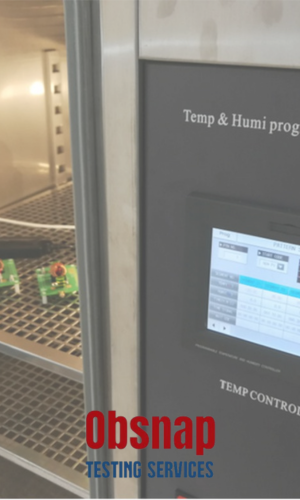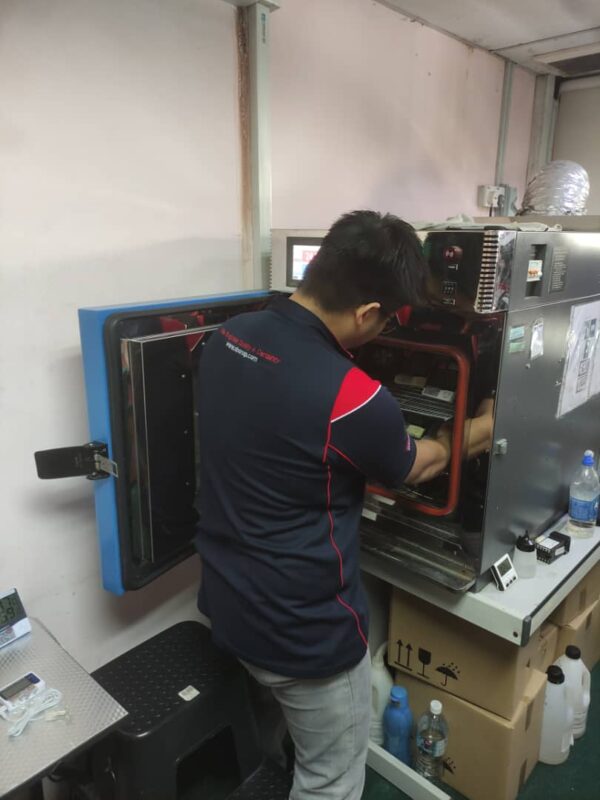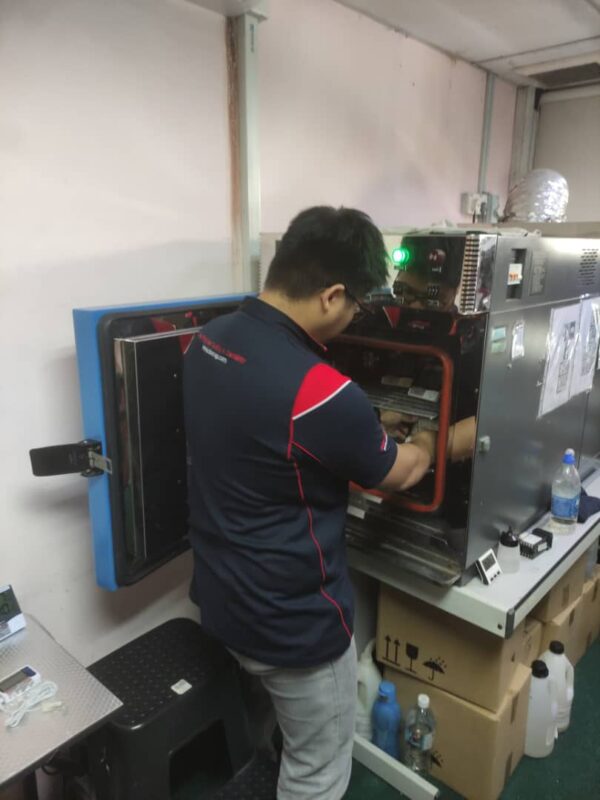Climatic and environmental simulation testing

What is Climatic and Environmental Simulation Testing?
Environmental testing involves subjecting products, materials, or systems to various environmental conditions to evaluate their performance and durability. This environmental testing simulates real-world environmental conditions such as temperature extremes, humidity, vibration, and exposure to chemicals or UV radiation. The goal is to assess how products will withstand environmental stresses over their intended lifespan.
Why is this Climatic and Environmental Simulation Testing important?
Environmental testing is crucial for several reasons:
- Product Reliability: Helps identify potential weaknesses or vulnerabilities in products under different environmental conditions, ensuring they meet performance expectations.
- Quality Assurance: Ensures products meet regulatory requirements and industry standards for environmental performance and durability.
- Risk Mitigation: Reduces the risk of product failures and costly recalls by identifying and addressing potential issues early in the design and development process.
- Customer Satisfaction: Demonstrates a commitment to quality and reliability, enhancing customer trust and satisfaction with the products.
- Regulatory Compliance: Helps companies comply with environmental regulations and certifications required for specific industries or markets.
Environmental testing involves subjecting test specimens to controlled environmental conditions to assess their performance. Key concepts include:
- Accelerated Aging: Exposing products to harsh environmental conditions for a predetermined duration to simulate long-term exposure in a shorter time frame.
- Stress Testing: Subjecting products to extreme temperatures, humidity, vibration, or other stressors to identify potential failure modes.
- Environmental Chambers: Enclosures equipped with temperature control, humidity control, and other features to create specific environmental conditions.
- Data Logging: Monitoring and recording environmental parameters such as temperature, humidity, and vibration levels throughout the testing process.
- Failure Analysis: Investigating any failures or performance issues observed during testing to identify root causes and implement corrective actions.
These standards provide guidelines and procedures for conducting environmental testing, ensuring consistency and reliability of test results.
Environmental Testing Various tools and equipment are used in environmental testing, including:
- Environmental Chambers: Provide controlled environments for temperature, humidity, and other environmental parameters.
- Vibration Test Systems: Generate mechanical vibrations to simulate transportation or operational conditions.
- Temperature and Humidity Data Loggers: Monitor and record temperature and humidity levels during testing.
- UV Accelerated Weathering Testers: Simulate exposure to UV radiation to assess the effects of sunlight on materials.
- Salt Spray Chambers: Create a corrosive salt spray environment to evaluate the corrosion resistance of materials.
Performing environmental testing involves several steps:
- Test Specimen Preparation: Prepare the products or materials to be tested according to relevant standards or specifications.
- Environmental Chamber Setup: Set up the environmental chamber to create the desired test conditions, including temperature, humidity, and any other relevant parameters.
- Test Execution: Place the test specimens inside the environmental chamber and subject them to the specified environmental conditions for the required duration.
- Monitoring and Data Collection: Continuously monitor environmental parameters using data loggers and record observations throughout the testing process.
- Performance Evaluation: Assess the performance of the test specimens based on criteria such as functionality, appearance, and structural integrity.
- Failure Analysis: Investigate any failures or performance issues observed during testing to determine the root causes and potential corrective actions.
Environmental Testing Environmental testing is governed by various international standards and specifications, depending on the specific type of testing and industry requirements. Some key standards include:
- ASTM D4332: Standard Practice for Conditioning Containers, Packages, or Packaging Components for Testing.
- ISO 16750: Road Vehicles—Environmental Conditions and Testing for Electrical and Electronic Equipment.
- IEC 60068: Environmental Testing for Electronic and Electrical Products.


